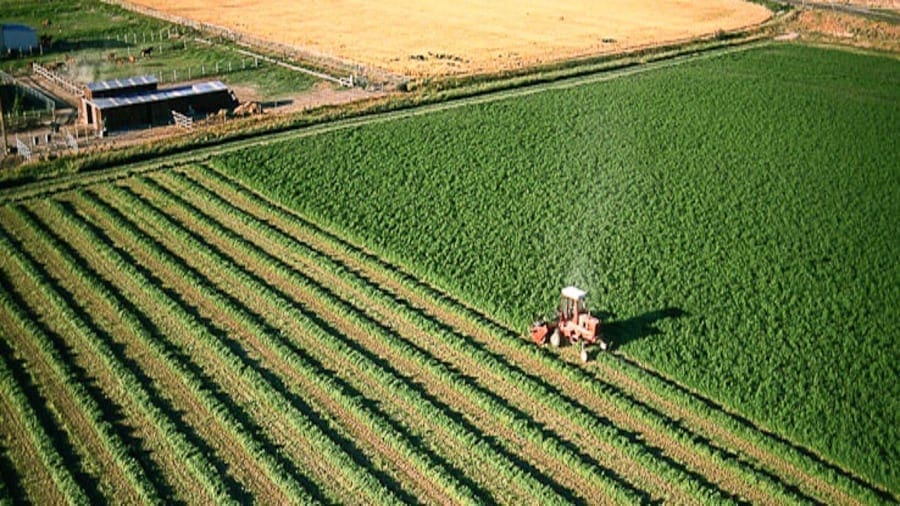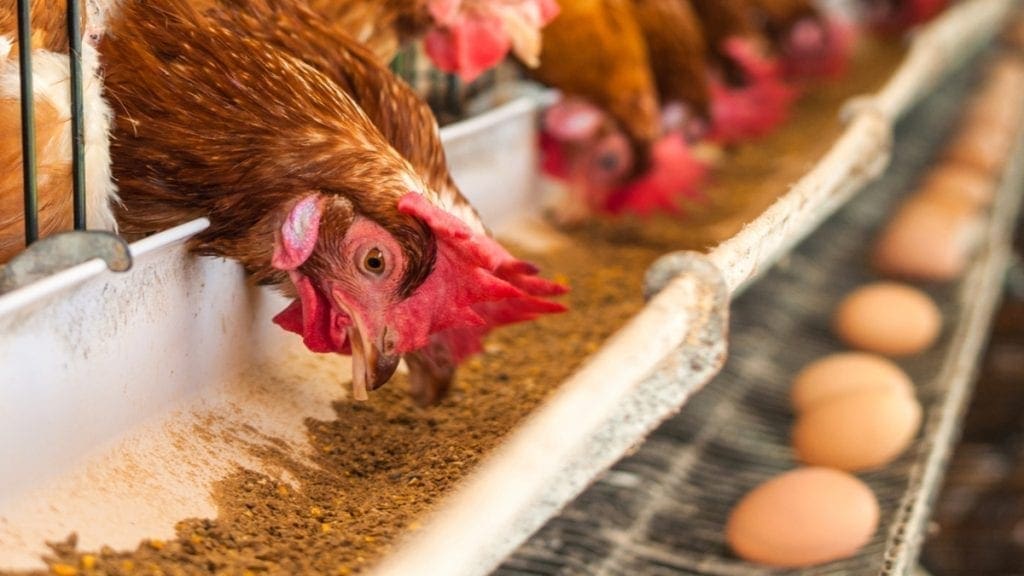KENYA — According to a Global Agricultural Information Network report from the US Department of Agriculture (USDA), Kenya anticipates grain supply issues as a result of the corona virus pandemic coupled with a decrease in domestic grain production in the 2020-21 marketing year.
Domestically, Kenya’s labor and supply were disrupted by the stay-at-home order and a dusk-to-dawn curfew that were implemented to slow the spread of COVID-19. Those disruptions are expected to lead to a decrease in production of some grains.
The USDA anticipates Kenya to produce 3 million tonnes of corn during the 2020-21 marketing year against the 3.8 million tonnes achieved in 2019-20.
High post-harvest losses (estimated at between 30-40 percent) continue to depress Kenya’s corn yield, due largely to low investment in storage, especially at farm and community.
Opportunities, therefore, exist in Kenya for private sector investment in and operation of corn storage and handling facilities.
Whereas white corn remains the main staple food crop in Kenya, demand is forecasted to decreased in MY 2020/2021, due to increased substitution with other carbohydrates sources such as Irish potatoes, in response to an anticipated a surge white corn prices.
In addition, Kenya’s feed manufacturers in are actively exploring alternative feed ingredients such as sorghum, and distillers dried grains with solubles (DDGs), to optimize on feed quality, cost-reduction, and pricing.
Corn demand, though depressed, is still expected to outpace production; and imports will be inevitable.
Kenya’s ban on GM corn imports is still in place and there also are concerns of countries locking in their grains to preserve food security.
Barring deliberate trade restrictions, Kenya’s corn pricing regime will nevertheless continue to favor trade inflows of corn from the Common Market for Eastern and Southern Africa (COMESA)/East African Community (EAC) countries.
Kenya’s Cabinet Secretary (CS) for Agriculture has recently expressed GOK’s intention to allow the importation of 360,000 MT of corn (comprising 180,000 MT of white corn at 14 percent tariff, and 180,000 MT of yellow corn at 10 percent tariff) starting May 2020.
It is very likely GOK will utilize a similar window in the MY 2020/2021 to bridge the supply deficit.
The exit of GOK from the purchase of corn from farmers is expected to accentuate volatility of corn prices. A pricing regime of over Ksh 2,500 (US$25) per 90 kg bag is expected to prevail due to expectations of lower production, and until import guidelines by GOK become clear.
GOK has, however, cautioned traders and retails of its intervention to protect the consumers in the event that prices surge, especially during the COVID-19 time.









